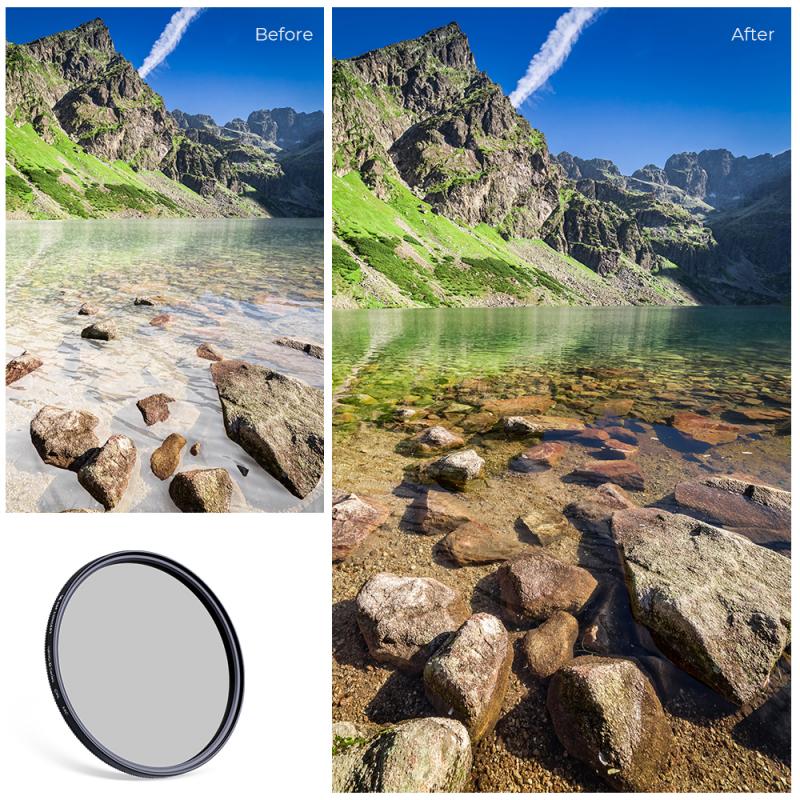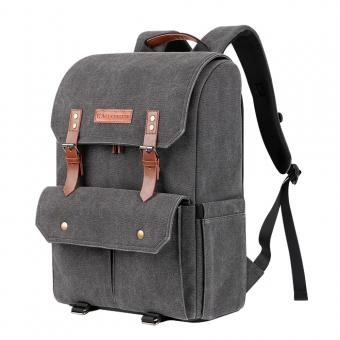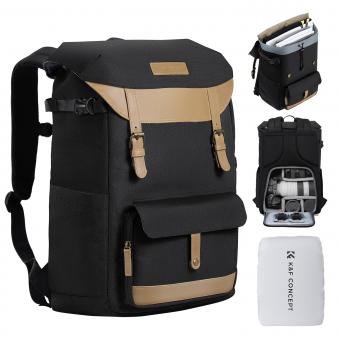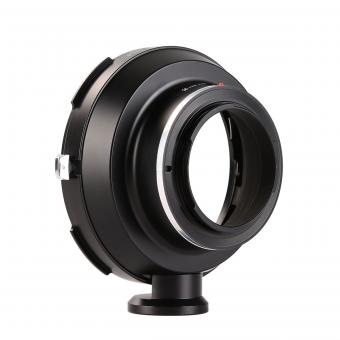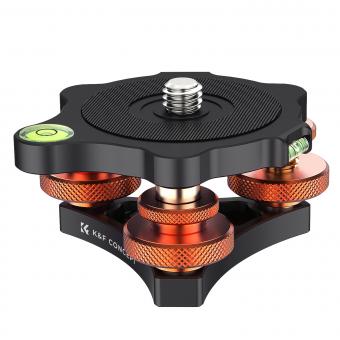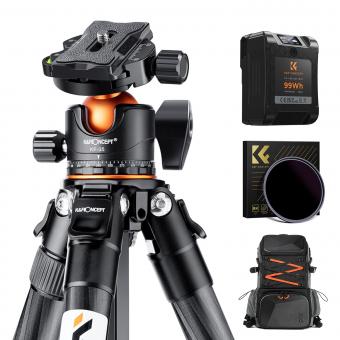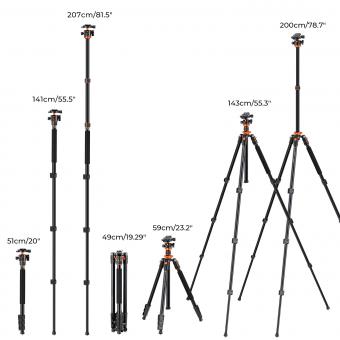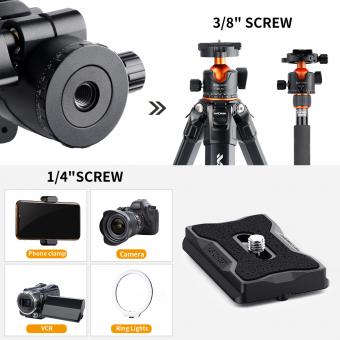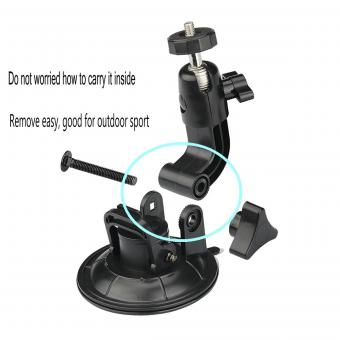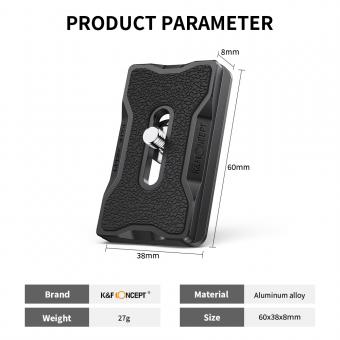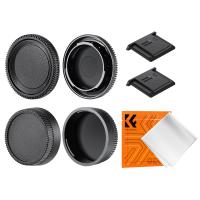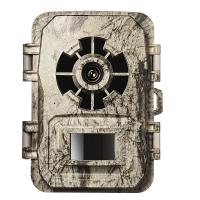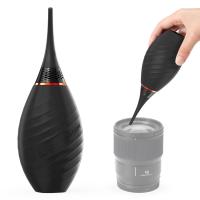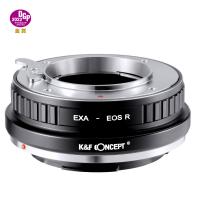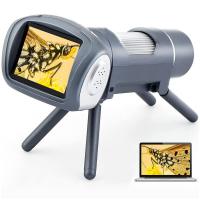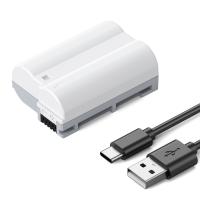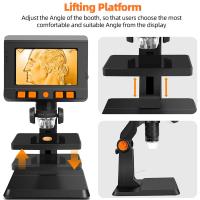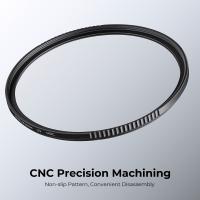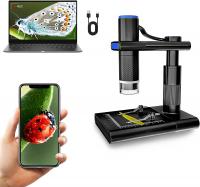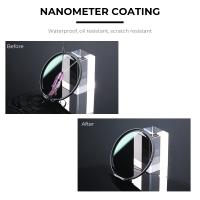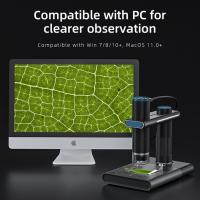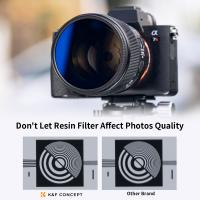Who Does My Camera Sink On A Tripod ?
A camera typically attaches to a tripod using a mounting plate or quick-release system. The mounting plate is usually screwed onto the bottom of the camera, and then it can be securely attached to the tripod head. This allows the camera to be stable and steady while capturing photos or videos.
1、 Camera Mounting Mechanism on Tripod
The camera mounting mechanism on a tripod is designed to securely hold your camera in place while you capture images or videos. It ensures stability and reduces the risk of camera shake, resulting in sharper and clearer shots.
The camera typically sinks onto a tripod through a quick-release plate system. This system consists of a plate that attaches to the bottom of your camera and a corresponding mount on the tripod. The plate is usually equipped with a locking mechanism that allows you to easily attach and detach your camera from the tripod.
When you want to mount your camera on a tripod, you simply align the plate with the mount and slide it into place. Once the plate is securely attached, you can tighten the locking mechanism to ensure that your camera is firmly held in position. This mechanism provides stability and prevents your camera from accidentally slipping or falling off the tripod.
In recent years, there have been advancements in camera mounting mechanisms to enhance convenience and versatility. Some tripods now feature quick-release systems with improved locking mechanisms, allowing for faster and more secure camera attachment. Additionally, there are tripod heads available that offer additional flexibility in positioning your camera, such as ball heads or pan-tilt heads.
Overall, the camera mounting mechanism on a tripod is a crucial component that ensures your camera remains stable and secure during your photography or videography sessions. It allows you to capture steady shots and explore various angles and perspectives with confidence.
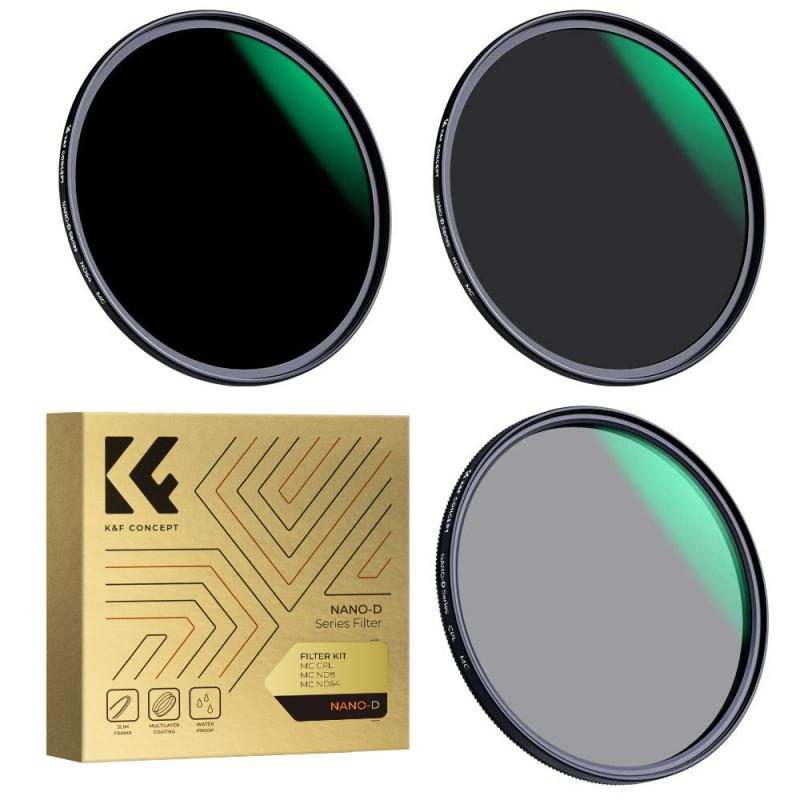
2、 Types of Tripod Heads for Camera Mounting
When it comes to mounting a camera on a tripod, there are various types of tripod heads available to choose from. The choice of tripod head depends on the specific needs and preferences of the photographer.
One of the most common types of tripod heads is the ball head. This type of head allows for smooth and quick adjustments in any direction. It consists of a ball and socket joint that enables the camera to be easily positioned and locked into place. Ball heads are popular among photographers who require flexibility and speed in their shooting.
Another type of tripod head is the pan-tilt head. This head allows for separate control of horizontal and vertical movements. It typically consists of two handles or knobs that can be adjusted to achieve precise positioning. Pan-tilt heads are often used in video shooting or when capturing panoramic images.
A third type of tripod head is the gimbal head. This type of head is commonly used for wildlife and sports photography, as it provides smooth and stable movement while tracking fast-moving subjects. The gimbal head allows the camera to be balanced on a pivot point, which helps to reduce strain on the photographer's arms and wrists.
In recent years, there has been a rise in the popularity of fluid heads, especially among videographers. Fluid heads use a hydraulic system to provide smooth and controlled movements. They are ideal for capturing video footage that requires seamless panning and tilting.
Ultimately, the choice of tripod head depends on the specific needs and shooting style of the photographer. It is important to consider factors such as the type of photography or videography being done, the weight of the camera equipment, and the desired level of control and stability.

3、 Understanding Camera Stability on Tripods
Understanding Camera Stability on Tripods
When it comes to using a tripod for camera stability, it is important to understand how the camera sinks on the tripod. The sinking of the camera refers to the movement or displacement of the camera on the tripod, which can affect the stability and sharpness of the captured images.
The sinking of the camera on a tripod can occur due to various factors. One of the main factors is the weight distribution of the camera and lens. If the weight is not evenly distributed or if the camera is front-heavy, it can cause the camera to sink forward on the tripod. This can lead to instability and potential blurring of the images.
Another factor that can contribute to camera sinking is the quality and stability of the tripod itself. A poorly constructed or unstable tripod may not be able to support the weight of the camera properly, causing it to sink or tilt. It is important to invest in a sturdy and reliable tripod that can handle the weight of your camera equipment.
Additionally, the type of tripod head being used can also affect camera stability. A ball head, for example, allows for quick and easy adjustments but may not provide the same level of stability as a geared head. It is important to choose a tripod head that suits your specific needs and provides the necessary stability for your camera.
To minimize camera sinking on a tripod, it is recommended to properly balance the weight of the camera and lens, ensuring that it is evenly distributed. This can be achieved by adjusting the tripod head and using a quick-release plate if available. Additionally, regularly checking and tightening the tripod legs and head can help maintain stability.
In conclusion, understanding how the camera sinks on a tripod is crucial for achieving optimal stability and sharpness in your photographs. By considering factors such as weight distribution, tripod quality, and the type of tripod head, you can minimize camera sinking and capture clear, crisp images.
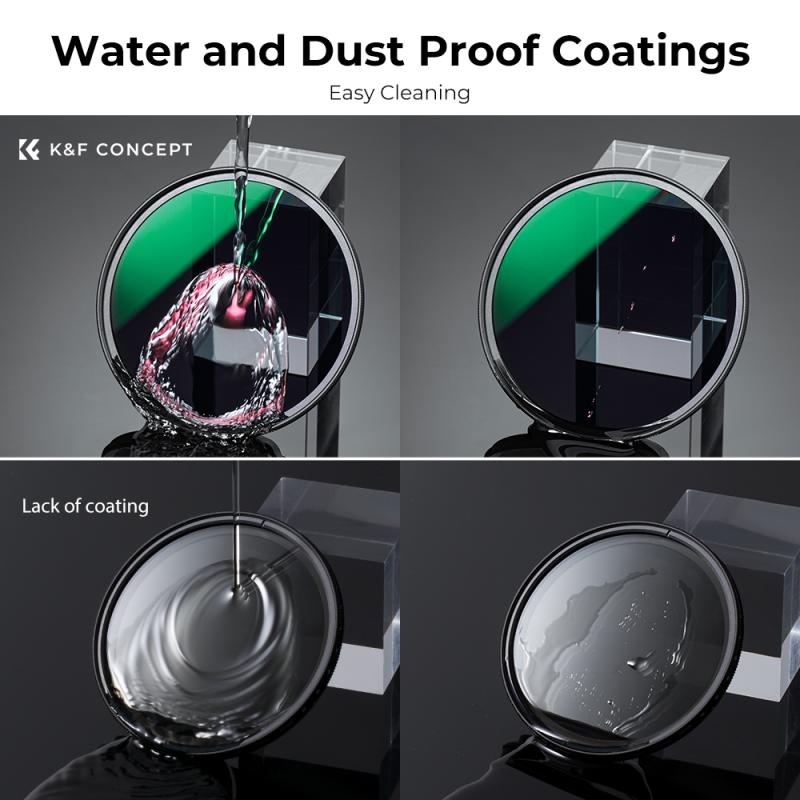
4、 Adjusting Camera Leveling on a Tripod
When it comes to adjusting camera leveling on a tripod, it is important to consider the stability and balance of the camera. The purpose of a tripod is to provide a steady platform for capturing images or videos, and ensuring that the camera is level is crucial for achieving professional-looking results.
To adjust the camera leveling on a tripod, you typically need to make use of the tripod head. Most tripods come with a built-in leveling bubble or a spirit level that helps you determine if the camera is perfectly level. By adjusting the tripod head, you can ensure that the camera is aligned correctly.
To begin, loosen the tripod head's locking mechanism and use the leveling bubble as a guide. If the bubble is not centered, adjust the tripod head by either tilting it forward, backward, or sideways until the bubble is perfectly centered. Once the camera is level, tighten the locking mechanism to secure the position.
It is worth noting that some tripods also offer a ball head, which allows for more flexibility in adjusting the camera's position. With a ball head, you can easily adjust the camera's leveling by loosening the ball head's locking mechanism and tilting it in the desired direction.
In recent years, there have been advancements in tripod technology, with some tripods now featuring electronic leveling systems. These systems use sensors to detect the camera's level and automatically adjust the tripod head accordingly. This can be particularly useful for photographers or videographers who require quick and precise leveling adjustments.
In conclusion, adjusting camera leveling on a tripod is essential for achieving stable and balanced shots. Whether using a traditional tripod head or a more advanced electronic leveling system, ensuring that the camera is level is crucial for capturing professional-quality images and videos.
